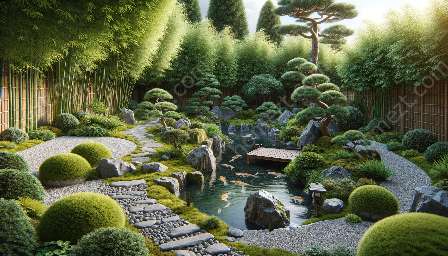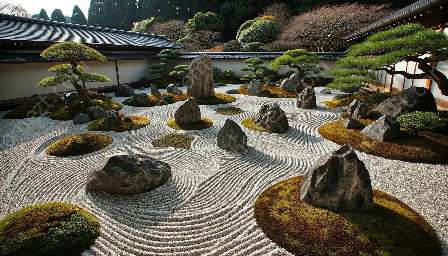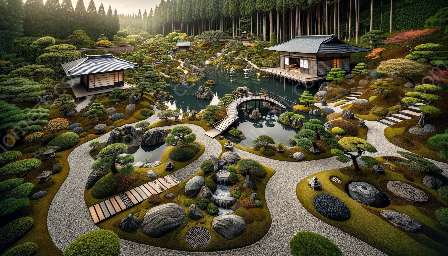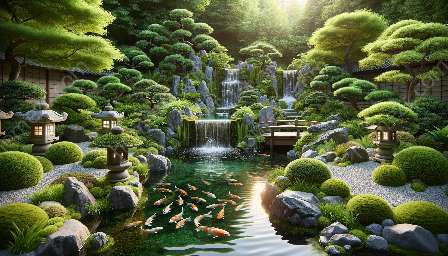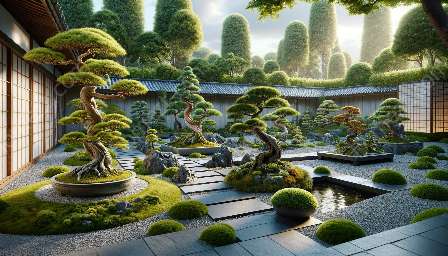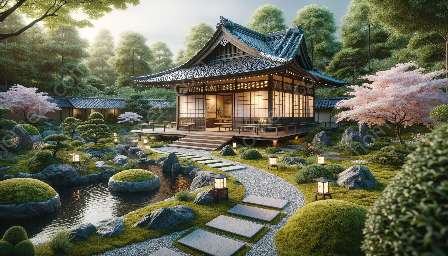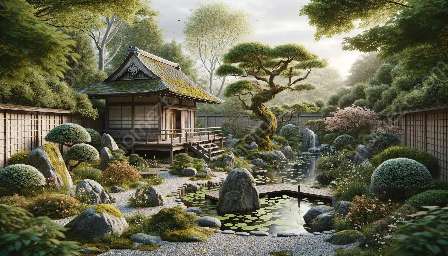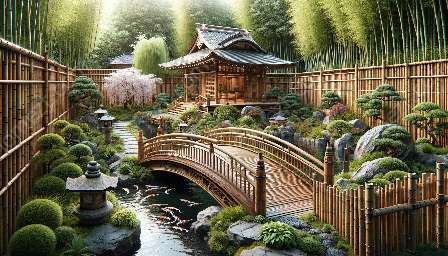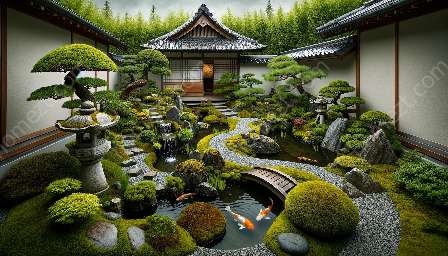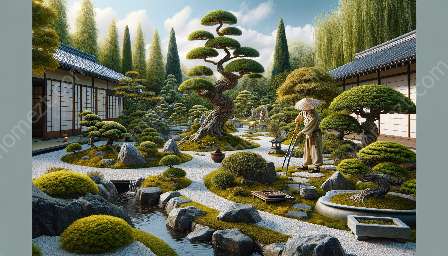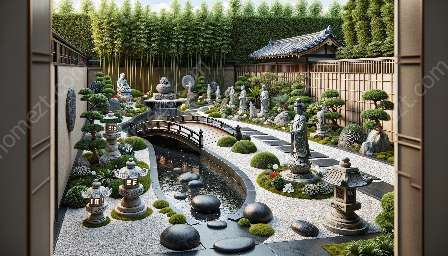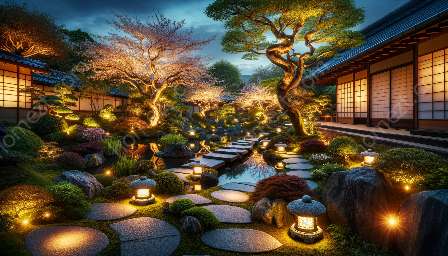Japanese garden design is founded on ancient principles that emphasize natural beauty and harmony. The use of bamboo and wooden structures is integral to this aesthetic, incorporating traditional elements and techniques to create serene and tranquil outdoor spaces. This article will explore the significance of bamboo and wood in Japanese garden design, their role in maintaining balance and aesthetics, and how these materials align with the principles of Japanese garden design.
The Importance of Bamboo and Wood in Japanese Garden Design
Bamboo and wood have been fundamental materials in Japanese architecture and garden design for centuries. These materials are valued for their natural beauty, versatility, and sustainability. In Japanese gardens, bamboo and wooden structures are carefully integrated to evoke a sense of harmony, simplicity, and tranquility.
Traditional and Contemporary Uses
Bamboo and wood are used in various elements of Japanese garden design, including fences, gates, bridges, trellises, and water features. These elements serve practical purposes while also enhancing the visual appeal of the garden. Additionally, contemporary designers have found innovative ways to incorporate bamboo and wood into modern garden designs, blending traditional techniques with modern aesthetics.
Harmony with Nature
The use of bamboo and wood in Japanese garden design reflects the principle of 'wa-shin' or harmony with nature. These materials seamlessly blend with the surrounding environment, creating a sense of unity between the garden and its natural surroundings. Whether used as a fence, a pergola, or a carefully crafted sculpture, bamboo and wood contribute to a garden's peaceful atmosphere and tranquil ambiance.
Embracing the Principles of Japanese Garden Design
Bamboo and wooden structures align with the core principles of Japanese garden design, such as 'wabi-sabi' (austere beauty), 'asymmetry,' and 'fukinsei' (asymmetry and irregularity). These materials are revered for their imperfections and organic qualities, embodying the essence of wabi-sabi. Furthermore, their asymmetrical and natural forms complement the overall balance and harmony of Japanese gardens.
Cultural Significance
Bamboo holds deep cultural significance in Japan, symbolizing resilience, flexibility, and purity. It is often used in Japanese tea gardens, where it represents humility and strength. Wooden structures, on the other hand, symbolize stability, warmth, and timelessness. By incorporating bamboo and wood, Japanese garden designers honor these traditional cultural associations, infusing their creations with deep meaning and symbolism.
Creating a Serene and Harmonious Space
When used thoughtfully, bamboo and wooden structures contribute to the creation of a serene and harmonious space in Japanese garden design. Their natural textures, earthy tones, and rhythmic patterns evoke a sense of tranquility and contemplation. As visitors traverse the garden paths and encounter these elements, they are enveloped in a meditative atmosphere that encourages a deep connection with nature.
Balancing Modernity with Tradition
While embracing traditional aesthetics, contemporary garden designers are also exploring new ways to incorporate bamboo and wood in innovative, sustainable, and environmentally conscious ways. By striking a balance between tradition and modernity, these designers ensure that Japanese gardens continue to evolve while remaining firmly rooted in their timeless design principles.

